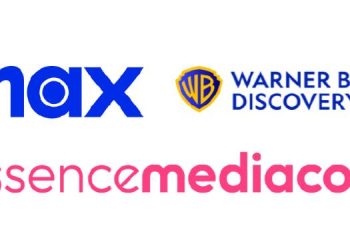Twitter has launched the Advertising Transparency Center in a bid to “dramatically” boost transparency for all ads on its platform, including political and issue-based ads. In a blog post, Bruce Falck, GM revenue product and engineering, Twitter, said that it will also be improving controls for consumers and embracing stringent advertising policies. The updates will first roll out in the US before launching globally.
The Advertising Transparency Center looks to provide users visibility into who is advertising on Twitter, details behind the ads such as how long they are currently running or have been running.
The centre will also show targeted ads, personalised information on which ads consumers are eligible to receive based on target and ad creative associated with advertising campaigns.
Feedback tools are also available for users to either report inappropriate ads or offer negative feedback, allowing Twitter to show users more relevant ads in their timeline.
To ensure that users clearly know that they are seeing or engaging with a political or electioneering ads, Twitter will now requires electioneering advertisers to identify their campaigns as such. This refers to ads which clearly identify a candidate or party associated with that candidate for any elected office. The platform will also change the layout of the ads and add a visual political ad indicator, such as the one below.
Policy updates for electioneering advertisers include more stringent requirements on who can serve the ads and limit targeting options, having said advertisers self-identify as such and introducing heavier penalties for advertisers who violate policies. A special section for electioneering ads will also be created in the Transparency Center, which will include disclosure on total campaign ad spend by an advertiser, transparency about the identity of the organisation funding the campaign, targeting demographics and historical data on all electioneering ad spending by the advertiser.
Meanwhile, Falck added that the company is committed to stricter policies and transparency surrounding issue-based ads. “There is currently no clear industry definition for issue-based ads but we will work with our peer companies, other industry leaders, policy makers, and ad partners to clearly define them quickly and integrate them into the new approach mentioned above,” he said.

















